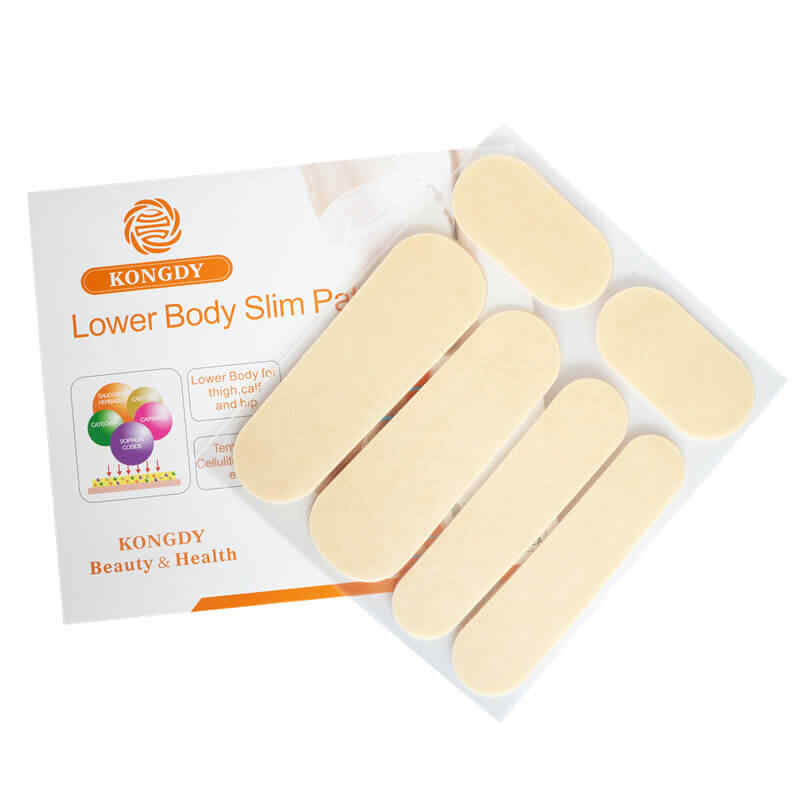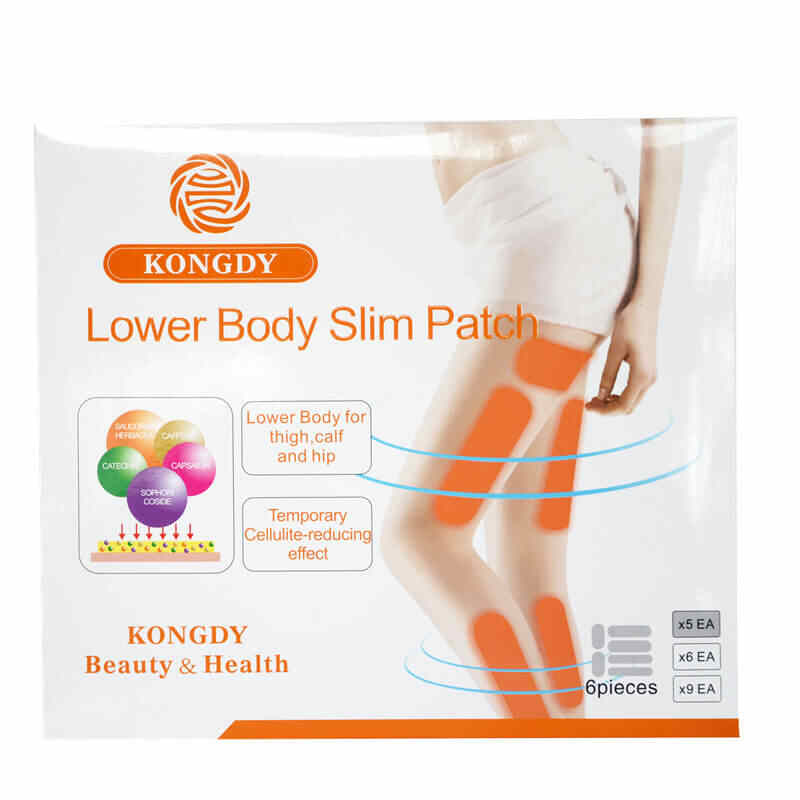Are Custom Transdermal Slimming Patches More Expensive than Private Label?
The global demand for slimming solutions is growing rapidly, and transdermal slimming patches have become a popular choice among consumers seeking convenience and effectiveness. For businesses entering this market, one of the first decisions is whether to start with Private Label transdermal slimming patches or invest directly in Custom transdermal slimming patches.
A common question arises: Are Custom transdermal slimming patches more expensive than Private Label options? The short answer is yes—customization typically involves higher upfront costs due to research, development, and compliance requirements. However, the long-term benefits often outweigh the initial expense, especially for brands seeking differentiation and sustainable growth.
In this article, we’ll explore the cost differences, reasons behind them, and how a reliable transdermal slimming patches Manufacturer, Supplier, or OEM partner can help balance affordability with innovation.

Understanding the Basics: Private Label vs. Custom
Before diving into the costs, it’s important to understand what separates Private Label transdermal slimming patches from Custom transdermal slimming patches.
Private Label Transdermal Slimming Patches
These are pre-developed products manufactured by a transdermal slimming patches Supplier. Businesses purchase them and add their own brand name, logo, and packaging. The formulation and design remain the same across all buyers.Custom Transdermal Slimming Patches
These are tailor-made solutions developed in collaboration with a transdermal slimming patches OEM. Brands can choose specific ingredients, patch size, adhesive type, release rate, and packaging design. This allows complete product differentiation and exclusivity.
Why Custom Transdermal Slimming Patches Are More Expensive
While private label offers affordability, customization introduces extra steps and investments. Below are the main reasons why Custom transdermal slimming patches usually cost more:
1. Research and Development (R&D)
Creating a custom formula involves extensive R&D. A transdermal slimming patches Manufacturer must test ingredient combinations, absorption rates, and safety to ensure effectiveness. These processes require time, expertise, and funding.
2. Ingredient Sourcing
Custom products may include unique or premium ingredients such as herbal extracts, essential oils, or patented compounds. Sourcing and verifying these ingredients increase overall costs.
3. Clinical Testing and Compliance
A transdermal slimming patches Supplier ensures that private label products are already tested. Custom formulations, however, may require new stability tests, dermatological trials, or certifications depending on market regulations.
4. Packaging Design and Branding
Custom patches often involve tailored packaging and branding solutions, which increase design and production costs.
5. Minimum Order Quantities (MOQs)
A transdermal slimming patches OEM may require higher MOQs for custom products due to specialized production lines, making the initial investment larger than private label.
6. Longer Development Time
Unlike private label products that are ready to sell, custom patches require months of development, adding to operational costs before profits begin.
Why Businesses Still Invest in Custom Transdermal Slimming Patches
Despite the higher costs, many brands eventually choose Custom transdermal slimming patches for long-term benefits:
Unique Brand Identity – Differentiated products build stronger customer loyalty.
Exclusive Market Advantage – Competitors cannot sell the same formula.
Premium Pricing – Unique features allow for higher profit margins.
Global Expansion – Custom products can be designed to meet specific international compliance requirements.
Innovation Opportunities – Partnering with a transdermal slimming patches OEM allows brands to stay ahead of trends with advanced features.
When Private Label Is the Smarter Choice
For startups or small businesses, Private Label transdermal slimming patches often make the most sense initially because:
They require less capital investment.
Products are market-ready within weeks.
They reduce risks by using proven formulations.
They allow businesses to focus on branding and marketing first.
A transdermal slimming patches Manufacturer offering private label options is the best choice for brands testing the market or launching with limited funds.
Balancing Costs with Growth
The decision between private label and custom depends on your business stage:
Early Stage Brands: Start with Private Label transdermal slimming patches for low-risk entry and quick sales.
Growing Brands: Move to Custom transdermal slimming patches once market demand is established and profits can support R&D investment.
Established Brands: Work with a transdermal slimming patches OEM to create innovative, unique patches that set your brand apart globally.
Role of Manufacturers, Suppliers, and OEMs
Choosing the right partner is critical for managing costs effectively:
A transdermal slimming patches Manufacturer ensures reliable production and quality control.
A transdermal slimming patches Supplier provides flexibility with both small and large orders.
A transdermal slimming patches OEM helps with innovation, compliance, and long-term product strategy.
Partnering with an experienced supplier ensures you don’t overpay for customization while still achieving high-quality results.
Conclusion: Expense vs. Investment
Yes, Custom transdermal slimming patches are more expensive than Private Label transdermal slimming patches, primarily because of R&D, ingredient sourcing, testing, and higher MOQs. However, the additional expense should be seen as an investment in brand identity, exclusivity, and long-term profitability.
For startups, private label is the smarter choice to enter the market quickly and cost-effectively. But as your business grows, transitioning to custom solutions with the help of a reliable transdermal slimming patches OEM or Supplier can elevate your brand to the next level.
Ultimately, the decision depends on your current resources, growth stage, and market goals.
Related Questions and Answers
Q1: Are Custom transdermal slimming patches always more expensive than Private Label?
A1: Yes, because they involve R&D, unique ingredients, and regulatory testing.
Q2: Can a small business afford Custom transdermal slimming patches?
A2: It depends on budget and growth stage. Most small businesses start with private label before transitioning.
Q3: How do Private Label transdermal slimming patches help reduce costs?
A3: They are pre-formulated and tested, eliminating the need for R&D and long development cycles.
Q4: What role does a transdermal slimming patches OEM play in cost management?
A4: An OEM partner helps design efficient formulations, source ingredients, and ensure compliance, balancing costs with quality.
Q5: Is it possible to sell both Private Label and Custom patches simultaneously?
A5: Yes, many businesses keep private label for affordability while introducing custom products for premium differentiation.






